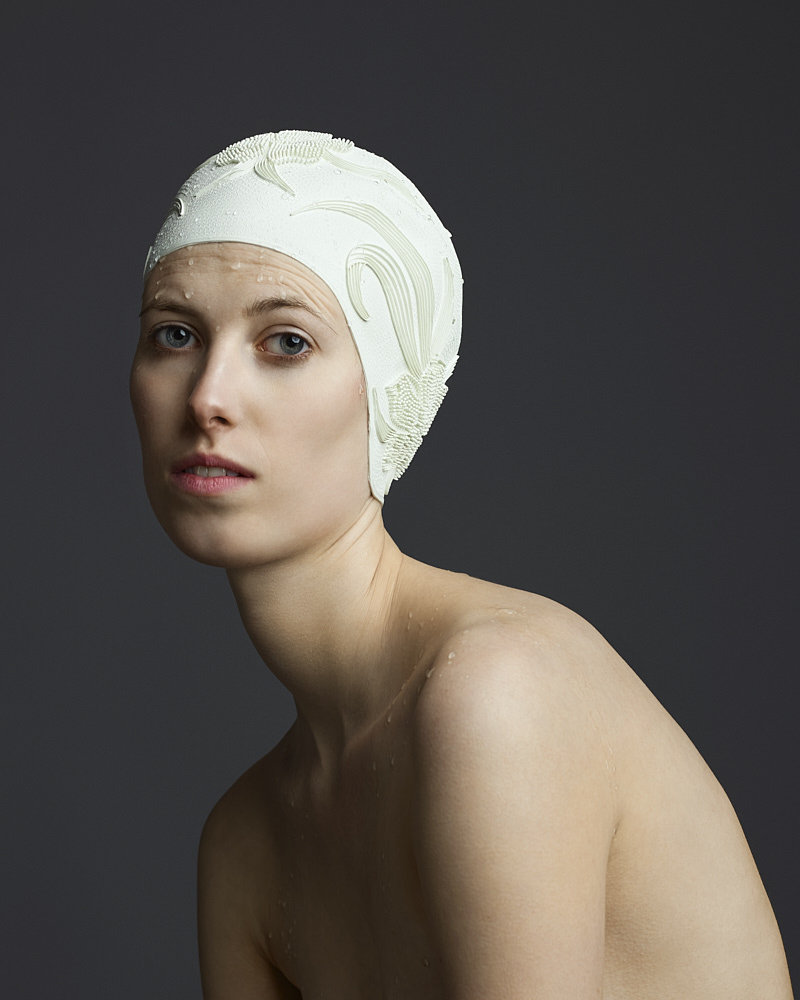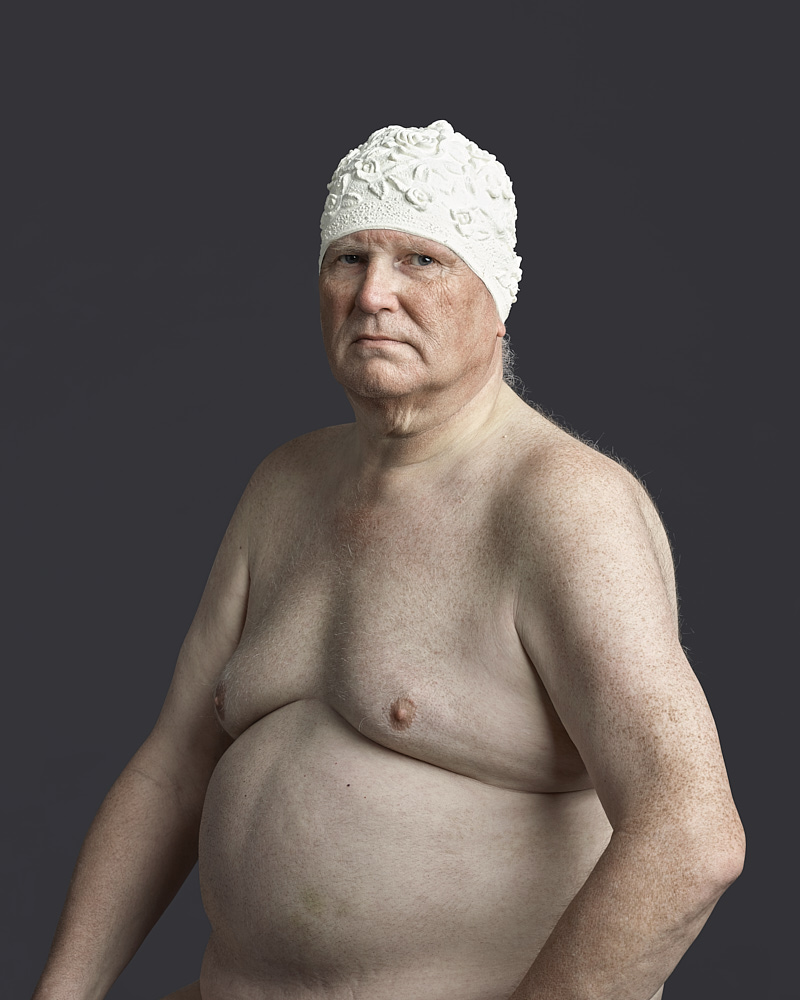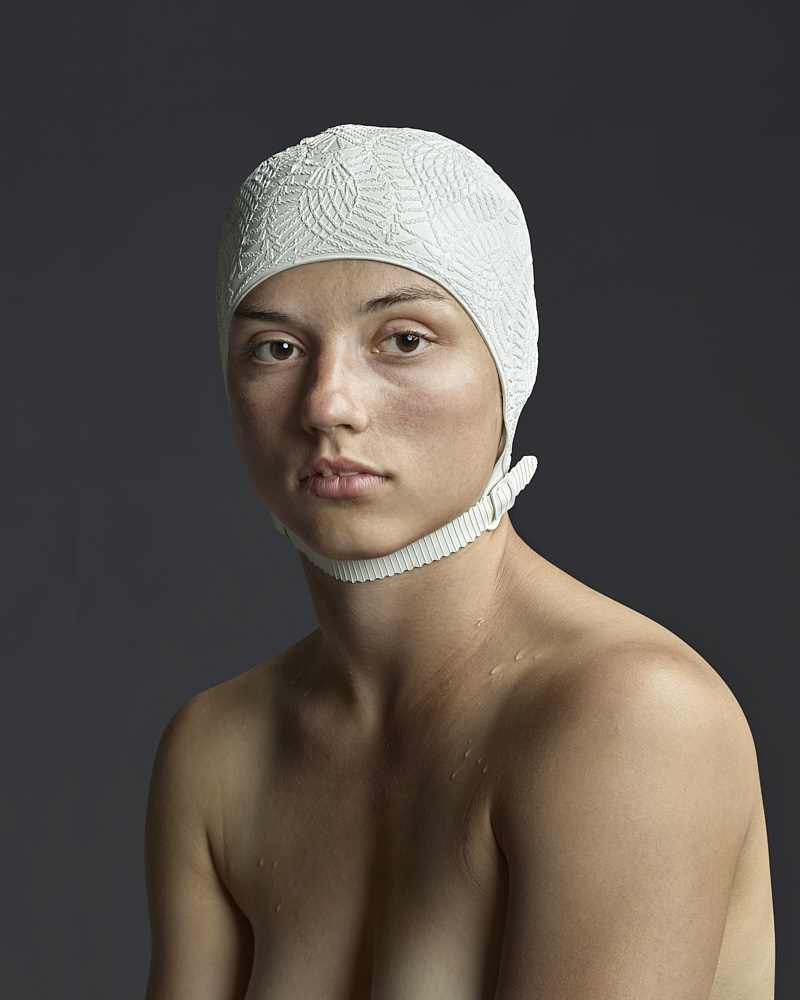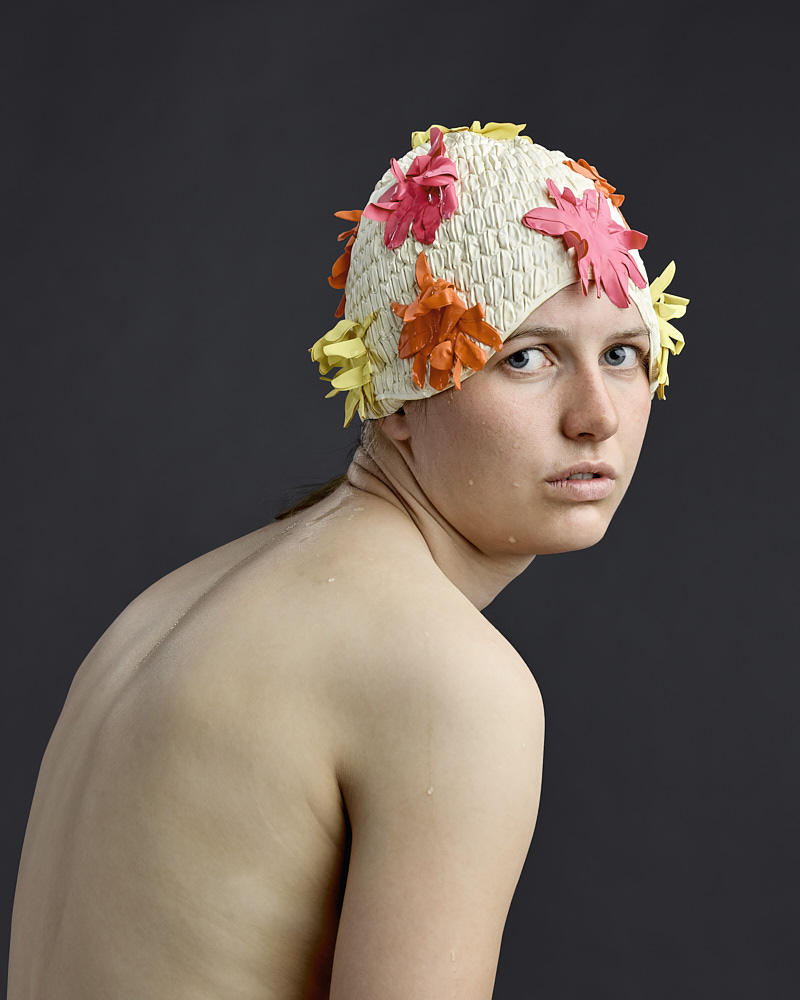Rubber identity
Women consider their hair as a crown jewelry and a way to express their femininity.
Most men associate a lack of hair as a sign of aging.
What common fear hides with the hair subject?
More importantly what happens if we take it away from them, only for a few minutes?
This is why I ask my subjects to wear a vintage swimming cap, carefully chosen by myself. (In the 50s / 60s glamorous stars like Elizabeth Taylor and Brigitte Bardot it was the swimming cap that protected their beautiful hair.)
It is normal for us to experience unease the first time we put on this rubber accessory. This unease is visible, while glancing at the viewer.
Do we yet have to embrace this old fashion trend in this day and age?
Or maybe this is a sign we need to embrace ourselves once again; just the way we are.
amateur category
Rubber identity (Series)
DESCRIPTION
AUTHOR
Not hindered by the frameworks of an education, Richard has expanded his oeuvre by watching and learning from the best, by doing, by experiencing, by combining feeling and intuition. As an autodidact, he has been experimenting with light and technology since his first series. From his former fascination with the process in the darkroom, he wants to use digital manipulation as little as possible. The end result is what the camera records. Due to his motivation to get to know all processes in detail, his work is both staged and intuitive in the moment. The dramatizing elements such as light and perspective give his images their narrative power. He has since won several international awards with his evocative and compelling series and is looking forward to a growing interest from international collectors.
Driven by personal experiences, his themes often deal with vulnerable human existence and behavior in social interactions and affective relationships. He believes in the beauty of being vulnerable and different. But is the latter still possible in a world dominated by artificiality? With an interest in psychology, Richard explores through photography which roles of individualism and collectivism influence our social interactions and relationships.
Driven by personal experiences, his themes often deal with vulnerable human existence and behavior in social interactions and affective relationships. He believes in the beauty of being vulnerable and different. But is the latter still possible in a world dominated by artificiality? With an interest in psychology, Richard explores through photography which roles of individualism and collectivism influence our social interactions and relationships.
back to gallery







